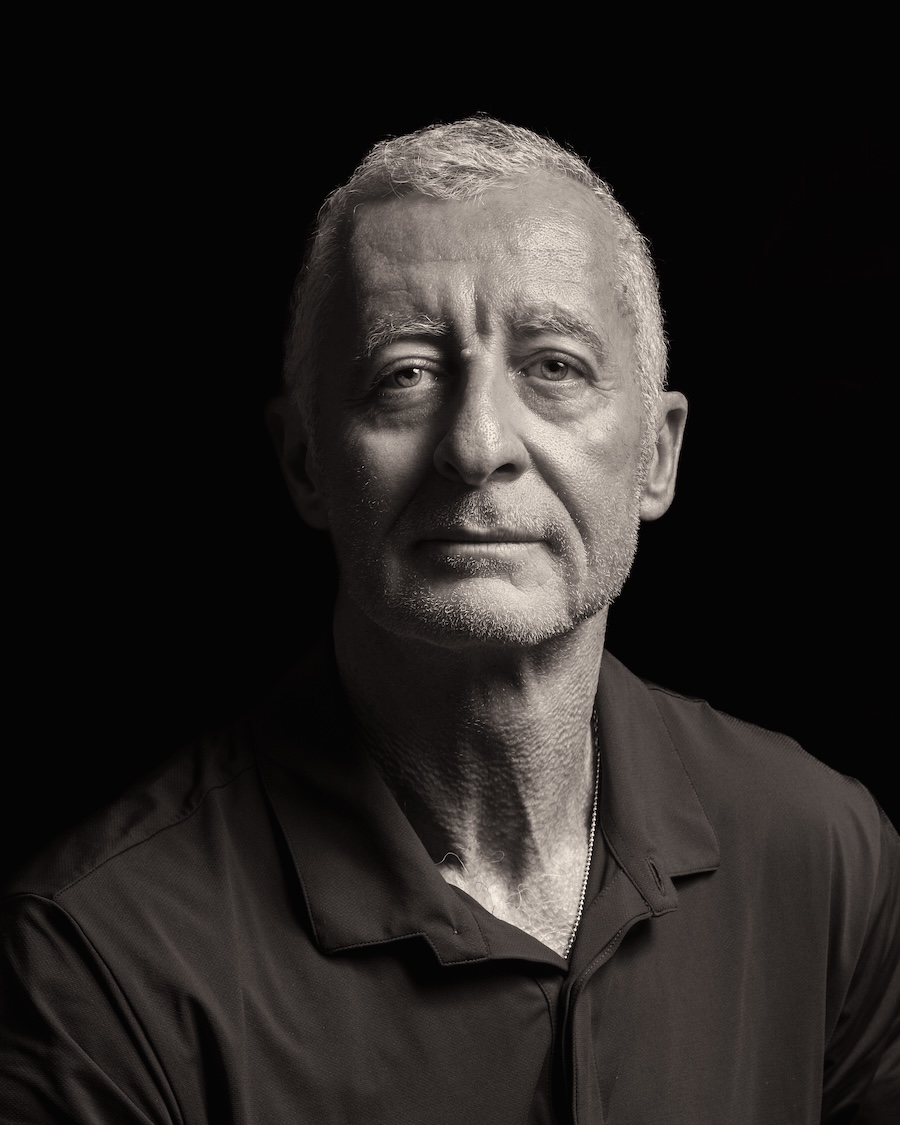Q: Can you briefly tell us about your background and what inspired you to pursue photography?
The possibility to create and give life to an idea. The portrait in particular fascinates me a lot . A well done portrait goes beyond the external physical appearance, it can make you understand the emotions, the character and the story of a person.
Q: What drove you to submit your work to the IPA competition and your thoughts on how winning this competition impacted your artistic journey?
Starting from the belief that photography must be an expression of one’s ideas, without chasing trends or easy approvals, I wanted to test myself. IPA Photography Awards is one of the most prestigious competitions in which a photographer can partecipate, I thought that my photos could be up to this competition but I never imagined to be rewarded. Now I have confirmation that following my own ideas is the right path.
Q: Could you describe any challenges you faced while capturing this moment (winning image/s)?
Taking a portrait starts with trying to put at ease the person in front of you. This is possible spending time with that person and showing interest in him/her. In this particular case, the greatest difficulty was getting people to accept the idea of being photographed considering that, only a few days before, crossing Himalaya mountains on foot, they had lost most of their livestock and consequently their ability to sustain themselves.
Q: What, in your opinion, are the most important factors in creating great images?
A good photo is the one that carries a message, that arouses emotions, that tell a story without needing any explanation. And must do so in a unique and distinguishable way.
Q: What do you find to be the most challenging aspect of photography?
Once the technical difficulties have been overcome, the most challenging aspect is to tell a story in a new and powerful way. Originality and communicative power are what makes the difference.
Q: What motivates and drives your photography?
Traveling, seeing new places and meeting people with different cultures, religions and customs are an important aspect, but even more important is that my photos give, to those who look at them, the sensations I felt.
Q: What’s next for you in your career as a photographer?
I love India and for March-April 2024 I’ve planned a long trip there to visit communities that live far from common tourist routes, and whose lifestyle and costumes are hardly changed with the passing years. Their way of life is in stark contrast to the modern world we are used to. It’s a long time dream of mine to photograph this ancient people before they vanish for ever.

